
Exploring the Rich Wildlife and Natural World of Nayara Resorts
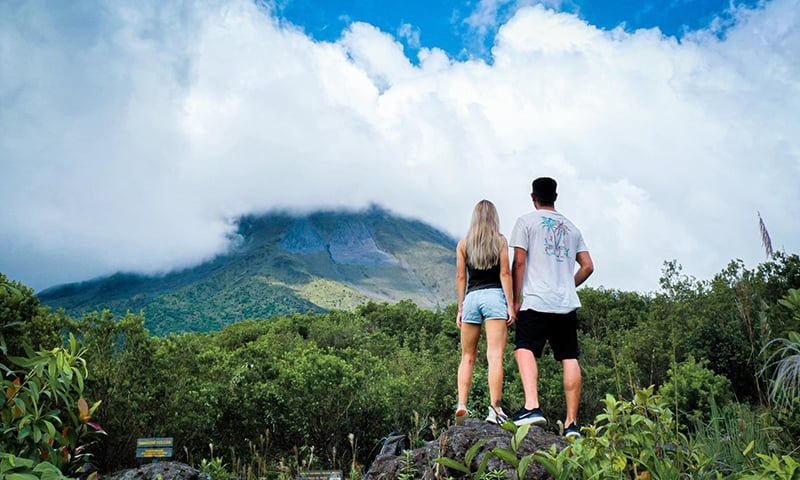
When travelers embark on a journey to exotic destinations, they often seek more than just picturesque landscapes and luxurious accommodations. They crave a deeper connection with the environment, and a chance to witness the incredible diversity of flora and fauna that travel to unique locations offers. Nayara Resorts in Costa Rica, Panama, and Chile are indeed incredible properties that immerse visitors in stunning natural settings and luxury, but what may not often be focused upon is our wildlife.
While it would be an extensive article to explore every animal, bird, fish, and insect you may come in contact with, we wanted to give you a primer on just a few of the unique species that we are proud to have as our neighbors at Nayara’s six resorts.
Costa Rica: Arenal Volcano National Parks – Nature Lovers paradise!
With 6% of the world’s biodiversity found in a small nation, Costa Rica is a nature-lovers paradise. At all three of Nayara’s resorts nestled in the shadows of Arenal Volcano, you are bound to experience an array of incredible wildlife, including:
Sloths
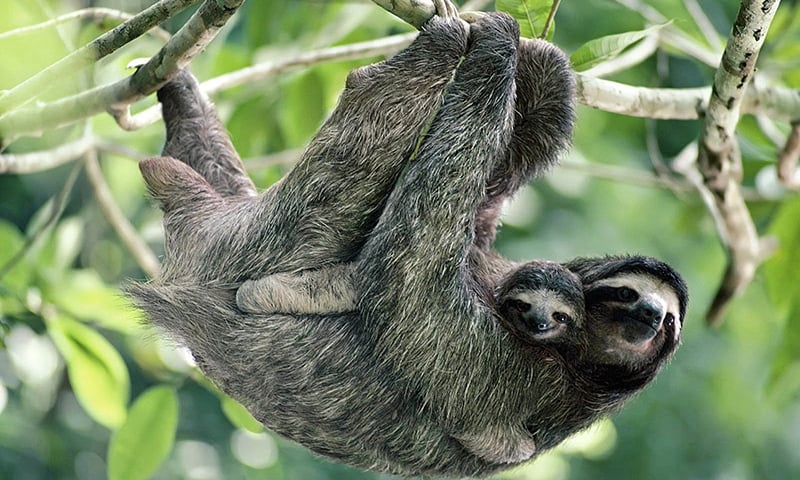
Costa Rica’s lush rainforests are famous for their slow-paced inhabitants, sloths. These enigmatic creatures are known for their leisurely lifestyle, spending most of their lives hanging upside down from tree branches. Sloths come in two main species in Costa Rica: the two-toed sloth and the three-toed sloth. While spotting a sloth may require some patience, their distinctive appearance and unhurried movements make for an unforgettable sight.
Toucans
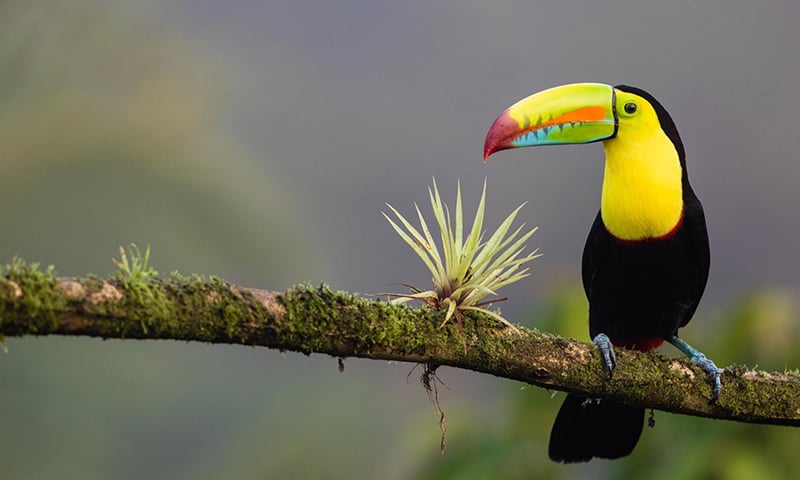
(Photo by Zdeněk Macháček on Unsplash)
If you’re a bird enthusiast, Costa Rica is a paradise. Among the most iconic avian residents is the toucan. Known for their striking, oversized beaks, these birds are both visually stunning and audibly distinctive. They are often found perched in treetops, making for excellent photo opportunities. Toucans are known for their vibrant plumage and unique calls, adding a delightful soundtrack to your stay.
Coati

Photo by Marisela Lopez on Unsplash
Coatis, also known as pizotes, are endearing relatives of raccoons. These small mammals are highly sociable, travel in large multigenerational troops, and can often be seen foraging for food in the forests surrounding Nayara Resorts. With their distinctive long tails and inquisitive behavior, coatis are a delightful sight for animal lovers. Remember to maintain a respectful distance and not feed them, as it’s essential to preserve their natural behavior.
Howler Monkeys
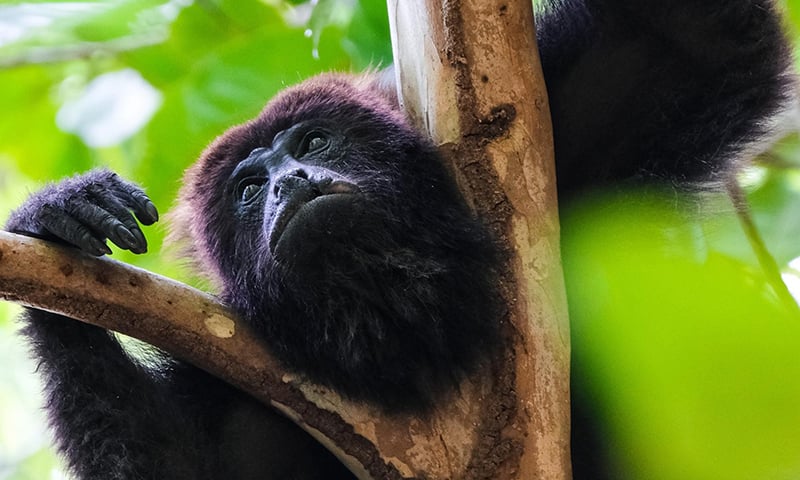
Photo by Dimitry B on Unsplash
The booming echo of howler monkeys is an unmistakable sound in the Costa Rican rainforest, often sounding out around midmorning or towards dusk. These primates, known for their prehensile tails and distinctive black faces, often form troops that move through the treetops. Observing these magnificent creatures leaping between branches and communicating with their calls is a thrilling experience that connects you to the wild heart of the jungle, and you can often spot them right outside of your bedroom window.
Panama: Bocas del Toro – Aquatic Nature Travel At Its Best!
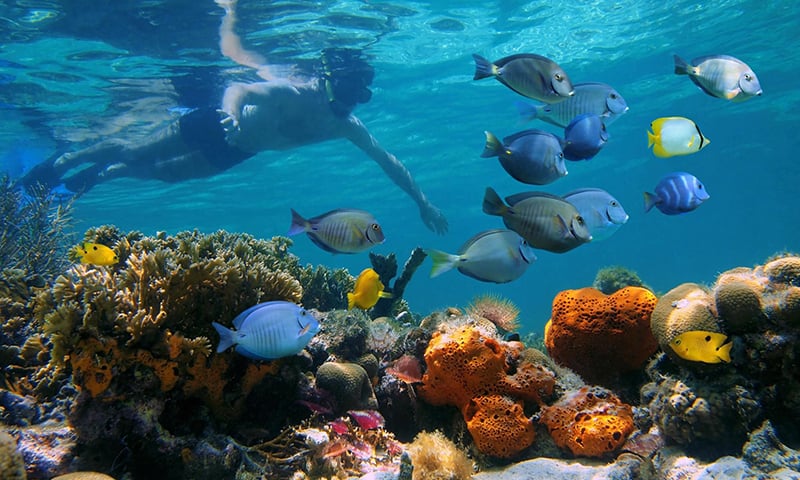
Nayara’s Private Island in Bocas del Toro is a picturesque setting unique in the region; a Balinese-inspired escape that invites you to open yourself up to the beauty of nature, the sea, and the archipelago that makes up this special region. Here you are bound to see scores of fish species, as well as mammals that will leave lasting memories, including:
Leatherback Sea Turtle
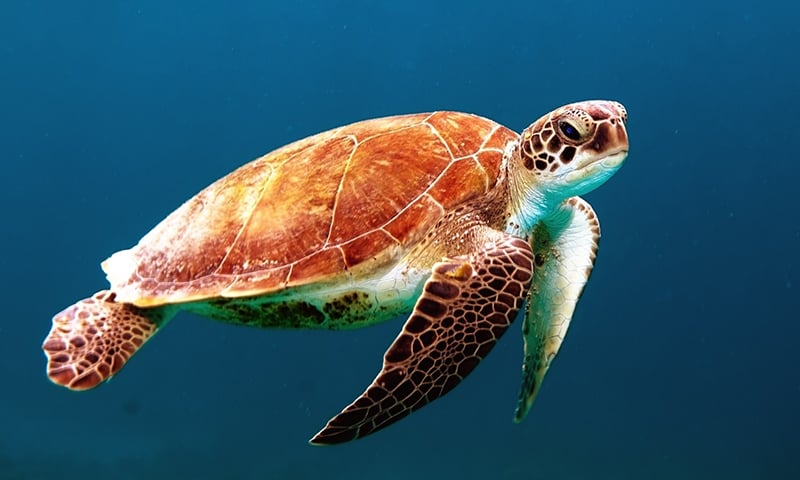
Photo by Wexor Tmg on Unsplash
Bocas del Toro is blessed with pristine beaches that serve as nesting grounds for the critically endangered leatherback sea turtle. These massive reptiles can reach up to seven feet in length and are known for their distinctive leather-like shell. Witnessing a leatherback sea turtle soaring through the water to lay her eggs or witnessing the tiny hatchlings making their way to the ocean is a humbling and unforgettable experience.
Nurse Shark

Photo by Ryan Geller on Unsplash
Beneath the crystal-clear waters of Bocas del Toro, you’ll find a thriving marine ecosystem. Nurse sharks are a common sight in these Caribbean waters. Despite their somewhat intimidating appearance, these sharks are shy and docile, and much more afraid of humans than we are of them!
Snorkeling, diving, or even sea kayaking with nurse sharks provides a unique opportunity to observe these graceful creatures up close, as they’re often found napping on the ocean floor during the day.
Panamanian Night Monkey
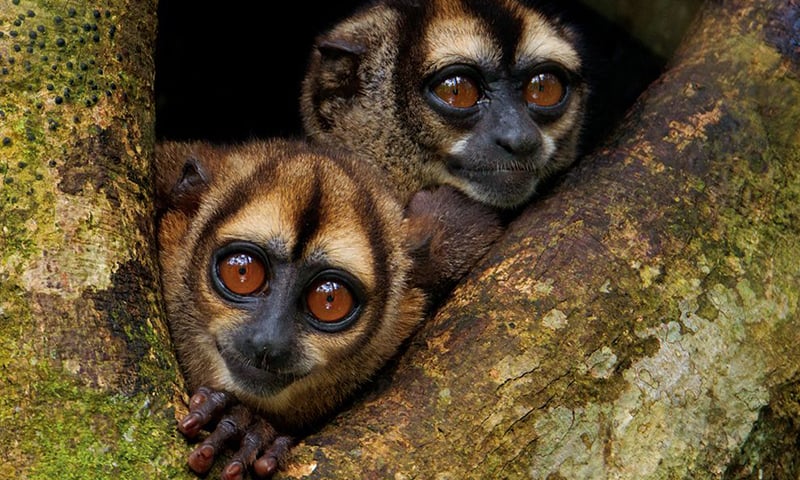
As the sun sets over the lush landscapes of Bocas del Toro, a new cast of characters emerges. Among them is the Panamanian night monkey, a nocturnal primate with large, expressive eyes adapted for low-light conditions. Their secretive nature makes spotting them during the daytime tricky, so guided night tours offer the best chance for a unique adventure to discover these elusive creatures in their natural habitat.
Chile: A Tale of Two Locations – Unique Natural Habitat Adventures
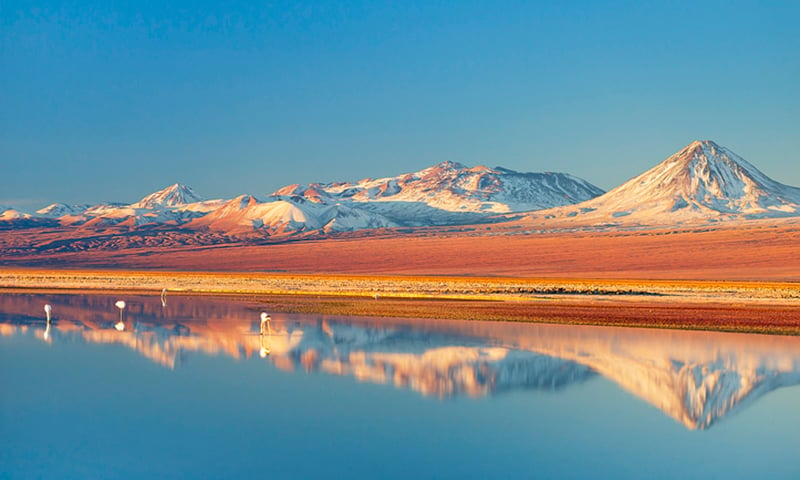
Chile offers some of the continent’s most diverse landscapes, from the arid Atacama Desert in the north to the stunning fjords of Patagonia in the south, to the distinctively Polynesian volcanic Easter Island far into the Pacific Ocean. In these contrasting regions, you’ll encounter a range of unique animals that surprise and intensify your stay at our two Nayara Resorts, including:
Guanaco

Photo by Chris Stenger on Unsplash
Closely related to the domesticated llama, the Atacama Desert’s Guanaco is one of the largest land mammals in South America, and like the llama, they travel in familial groups and herds ranging from 20 to up to 100 individuals. The Guanaco’s inquisitive nature and peaceful manner make them a common sight during your exploration of Chile’s highlands, though we recommend giving them their space — when annoyed, they can spit almost 2 meters with incredible accuracy!
Flamingos
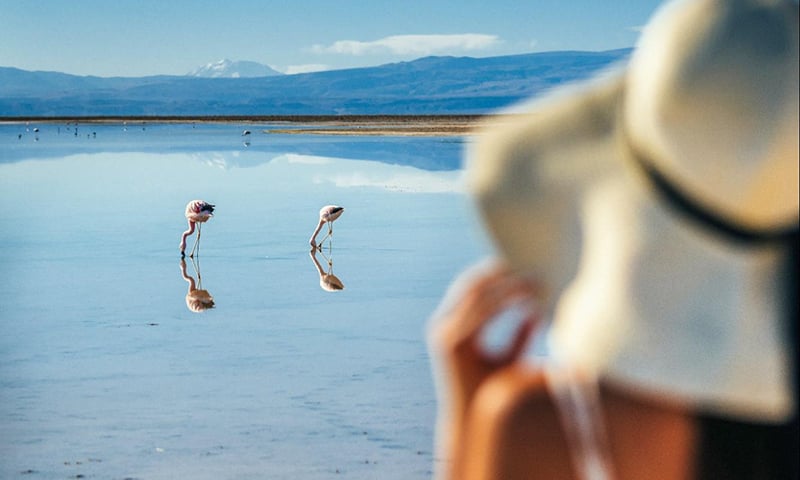
The Chilean and Andean flamingos, with their striking pink plumage and elegant posture, are sights to behold and are a striking contrast to the Atacama Desert’s otherworldly landscape. This incredible bird, a World Wildlife Fund mascot, is found most often out in the salt flats eating brine shrimp (which give them their bright pink hue). The flamingoes are most abundant during the Chilean summer (December to February) but can be seen in the region year-round.
Ura Lobster

While the land of Easter Island has few mammals, the waters surrounding Easter Island are teaming with life. And with incredibly clear waters, it is a snorkeler’s paradise. One crustacean that you’ll often encounter peeking out between rock crevices is the ura lobster, a proud, colorful, spined lobster that can be found in the waters around the island and nowhere else on Earth.
The Ura, which draws its name from the Rapa Nui language, was a staple of the Rapa Nui diet for thousands of years, though in recent decades islanders have shifted to protecting this endemic species as one of the many marvels of Easter Island!
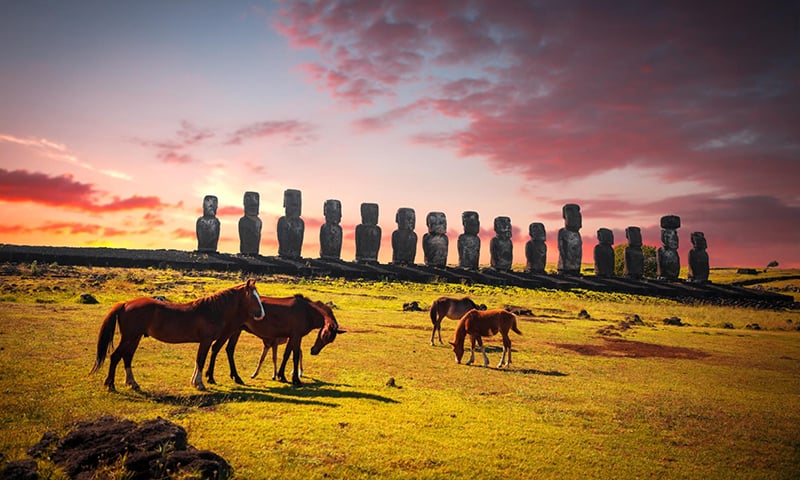
Nayara Resorts in Costa Rica, Panama, and Chile offer more than just luxurious accommodations and stunning landscapes; they provide a unique opportunity to connect with the diverse and captivating wildlife of these regions. Whether you’re enthralled by the languid movements of sloths, the vibrant plumage of toucans, the elusive nature of night monkeys, the majestic presence of leatherback sea turtles, the grace of nurse sharks, or the elegance of flamingos, there’s an animal encounter awaiting you at these enchanting destinations. So, pack your binoculars, bring your camera, and get ready to embark on a wildlife adventure like no other.



